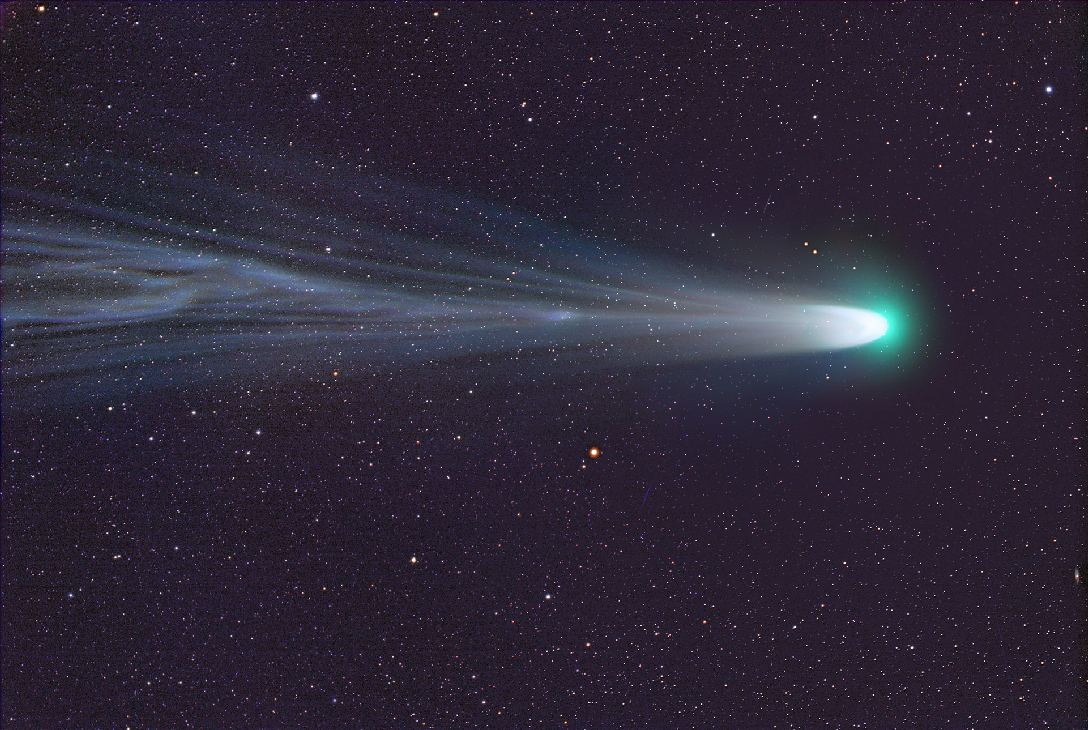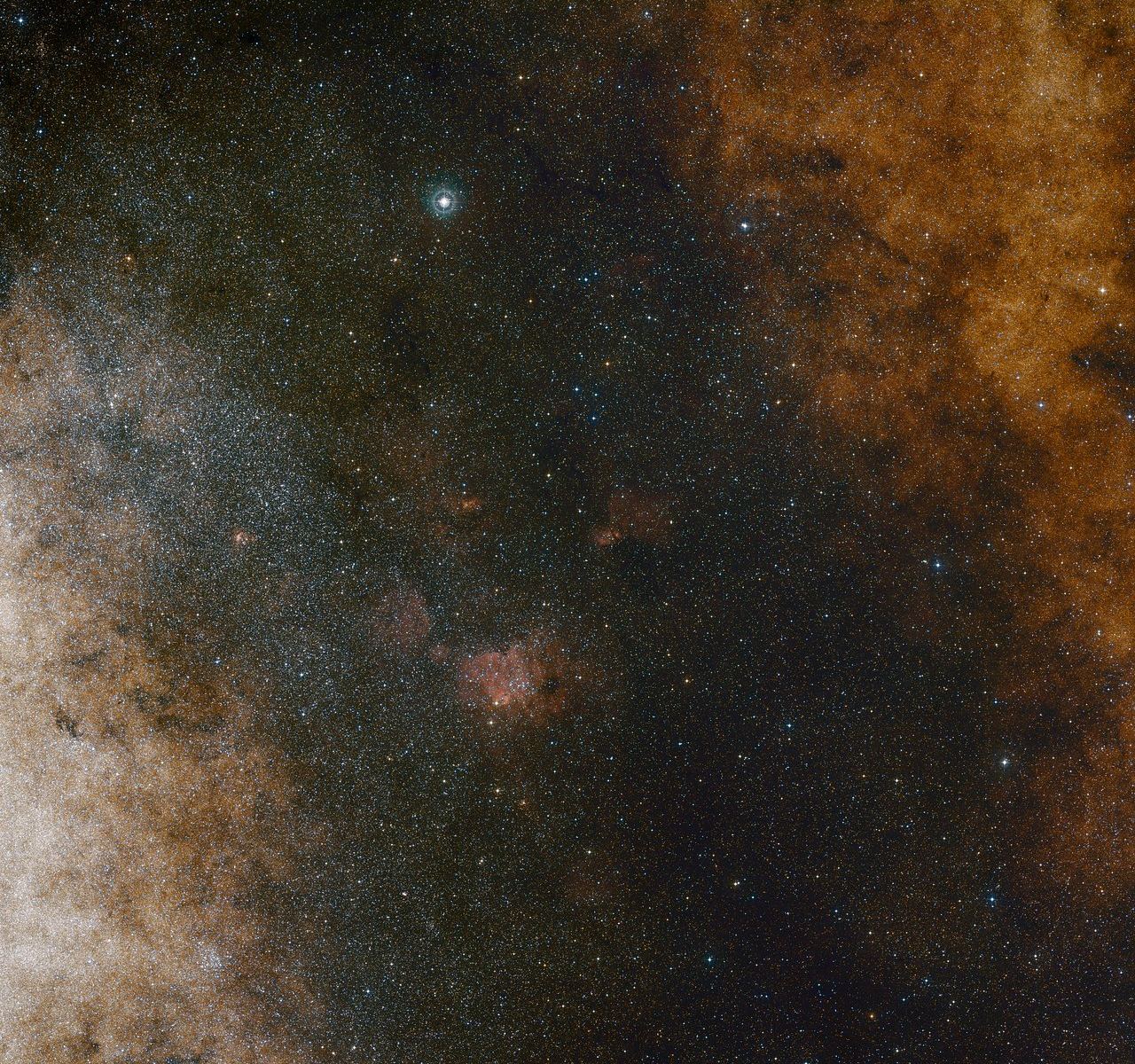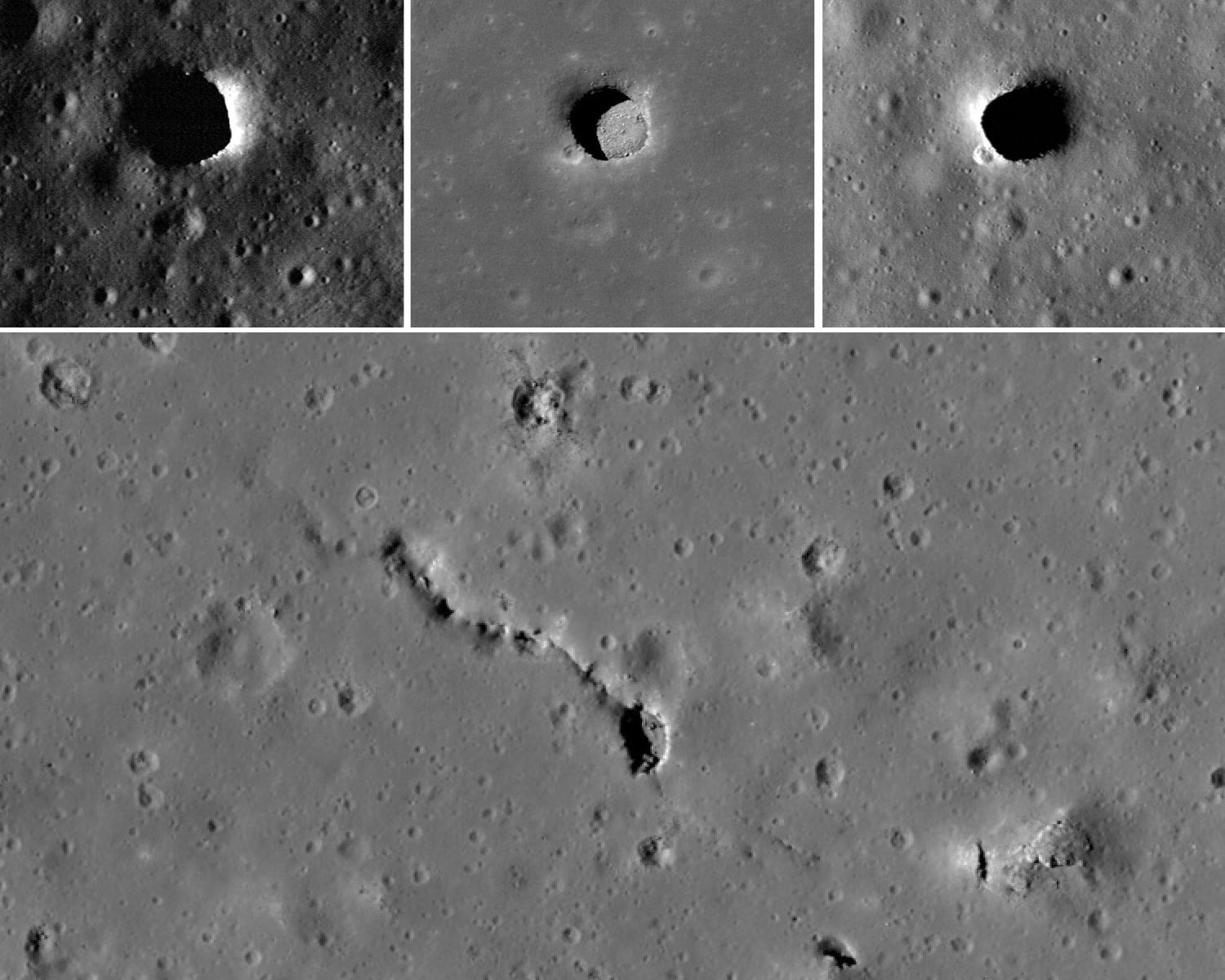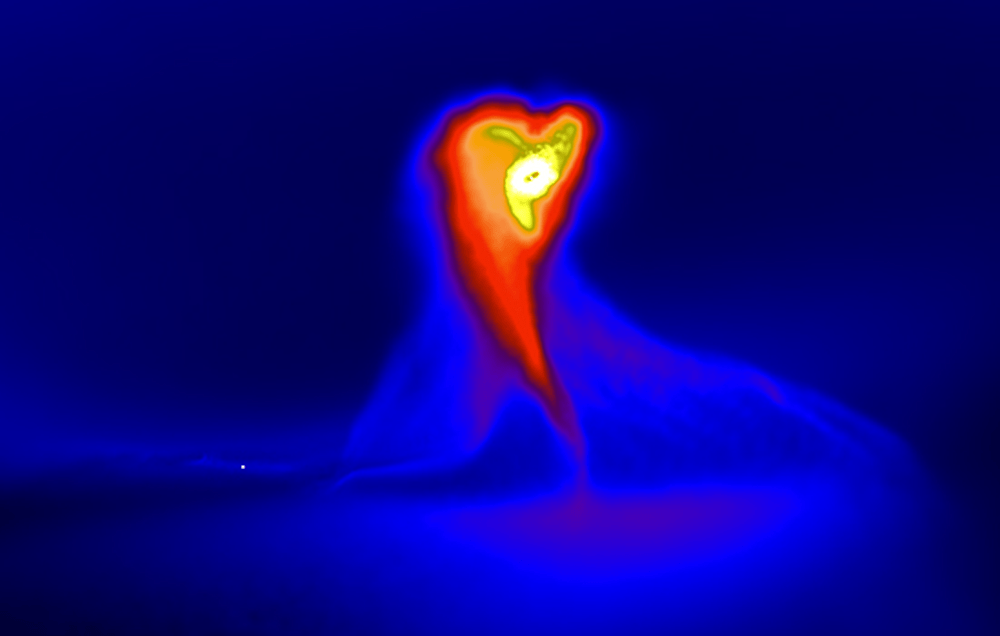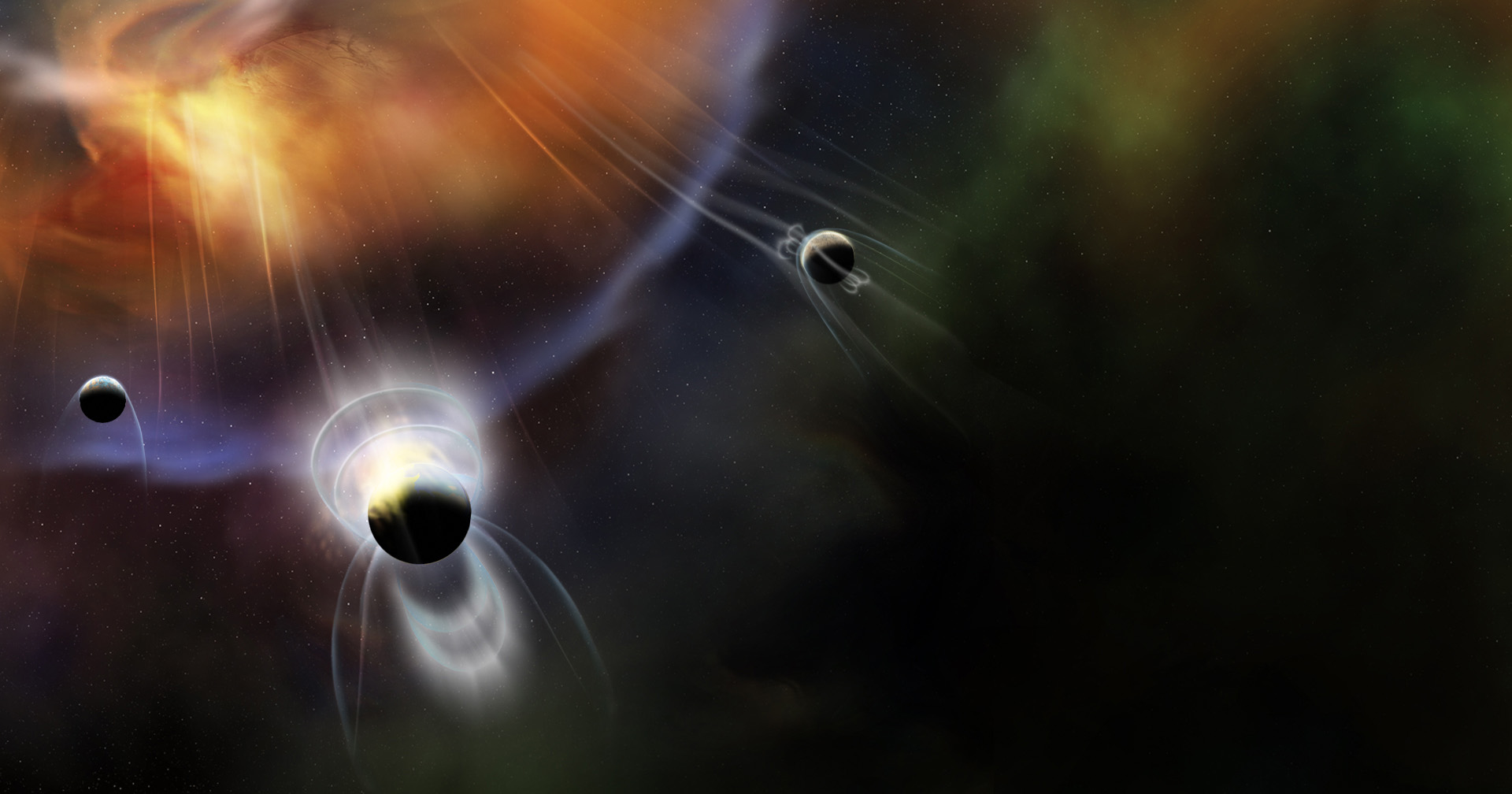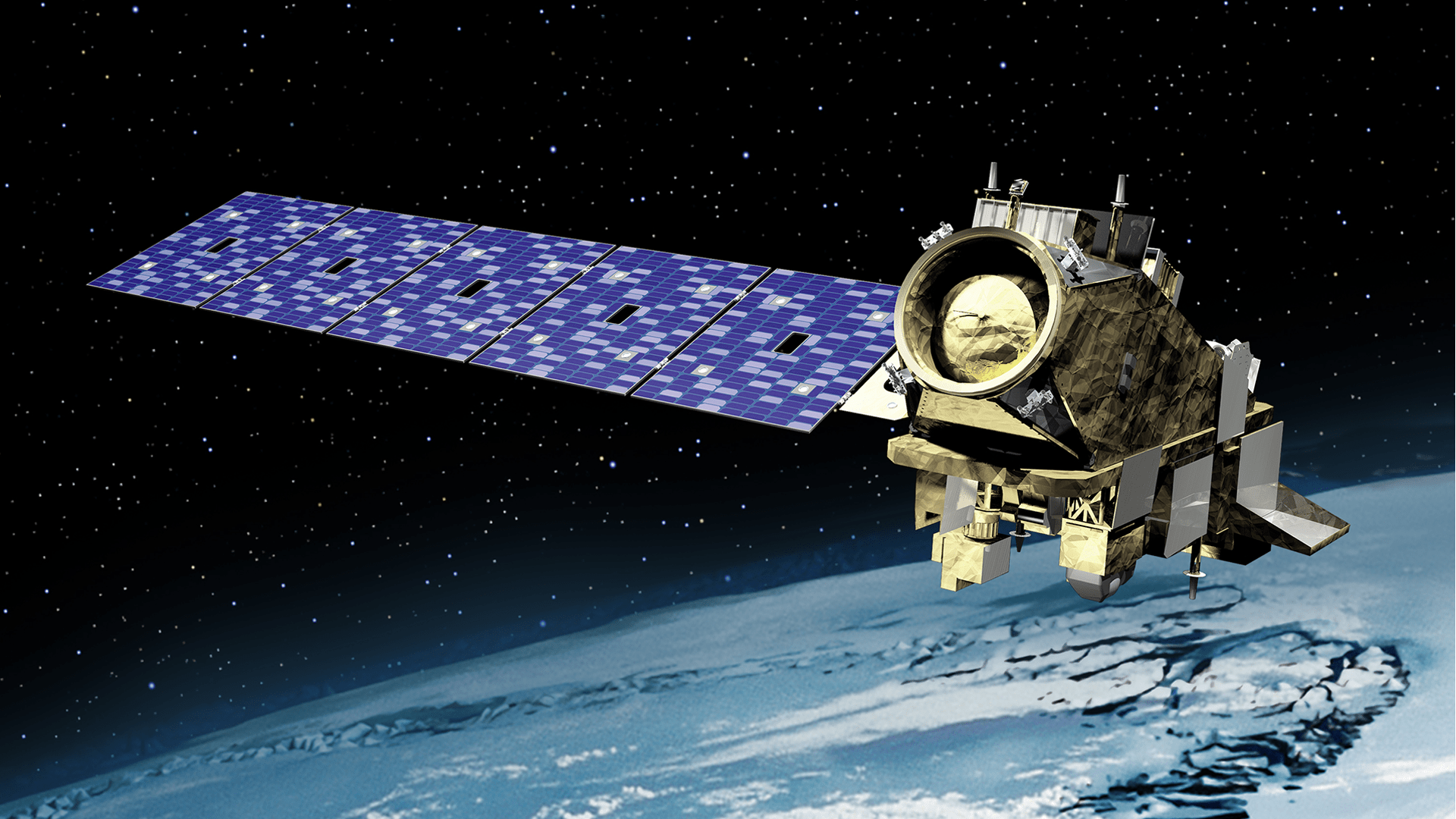Meteor showers, eclipses and a fine opposition of Mars top out astronomy 2022.
2022 offers another fine sky watching year. 2021 brought us a remote Antarctic total solar eclipse, a surprise Christmas comet C/2021 A1 Leonard, and a return of solar activity with solar cycle Number 25. 2022 promises more of the same, as the solar cycle heads towards an active maximum in 2025. But there’s lots more in store in the sky in 2022. Alas, no ‘red nova’ is expected in 2022.
Continue reading “Astronomy 2022: Top Skywatching Events for the Coming Year”
